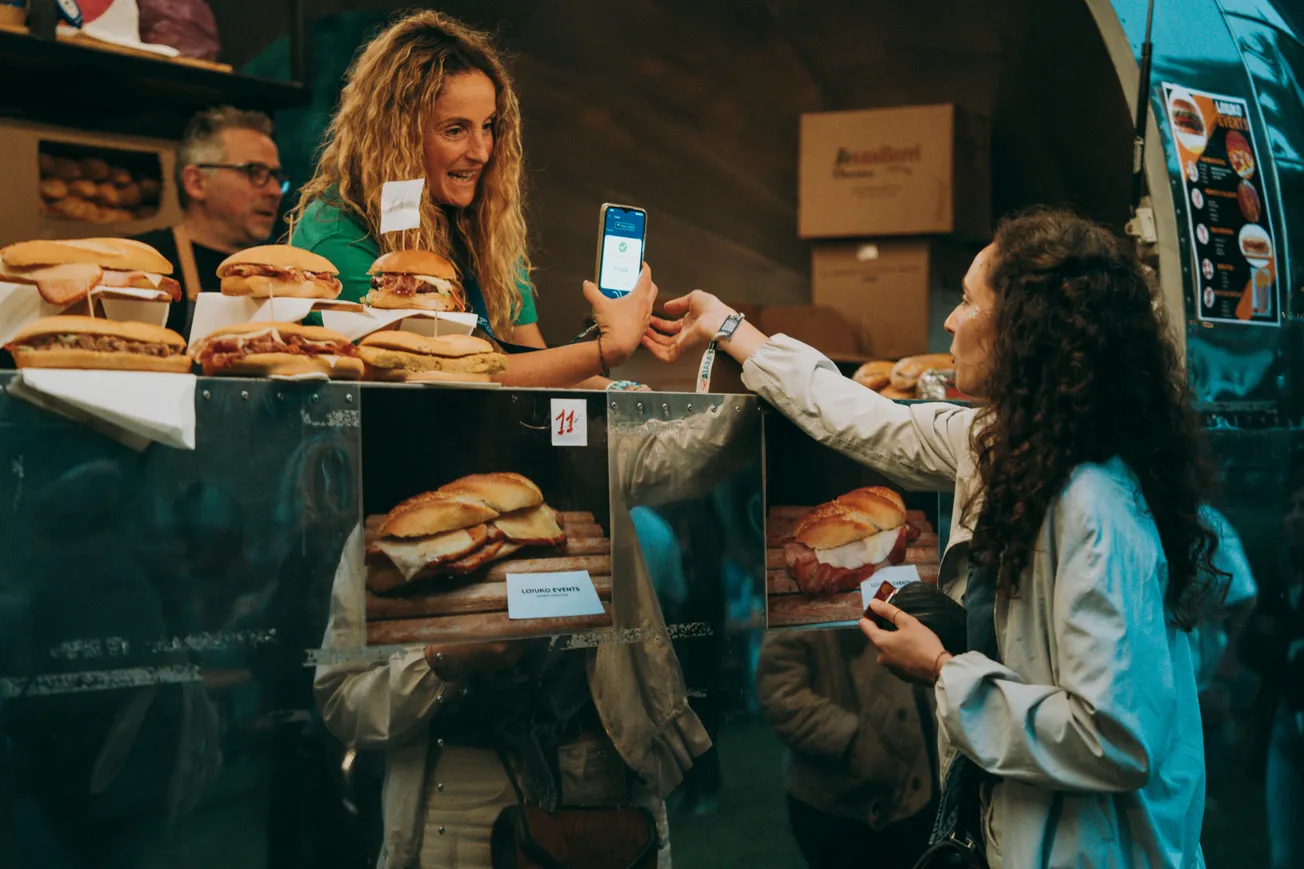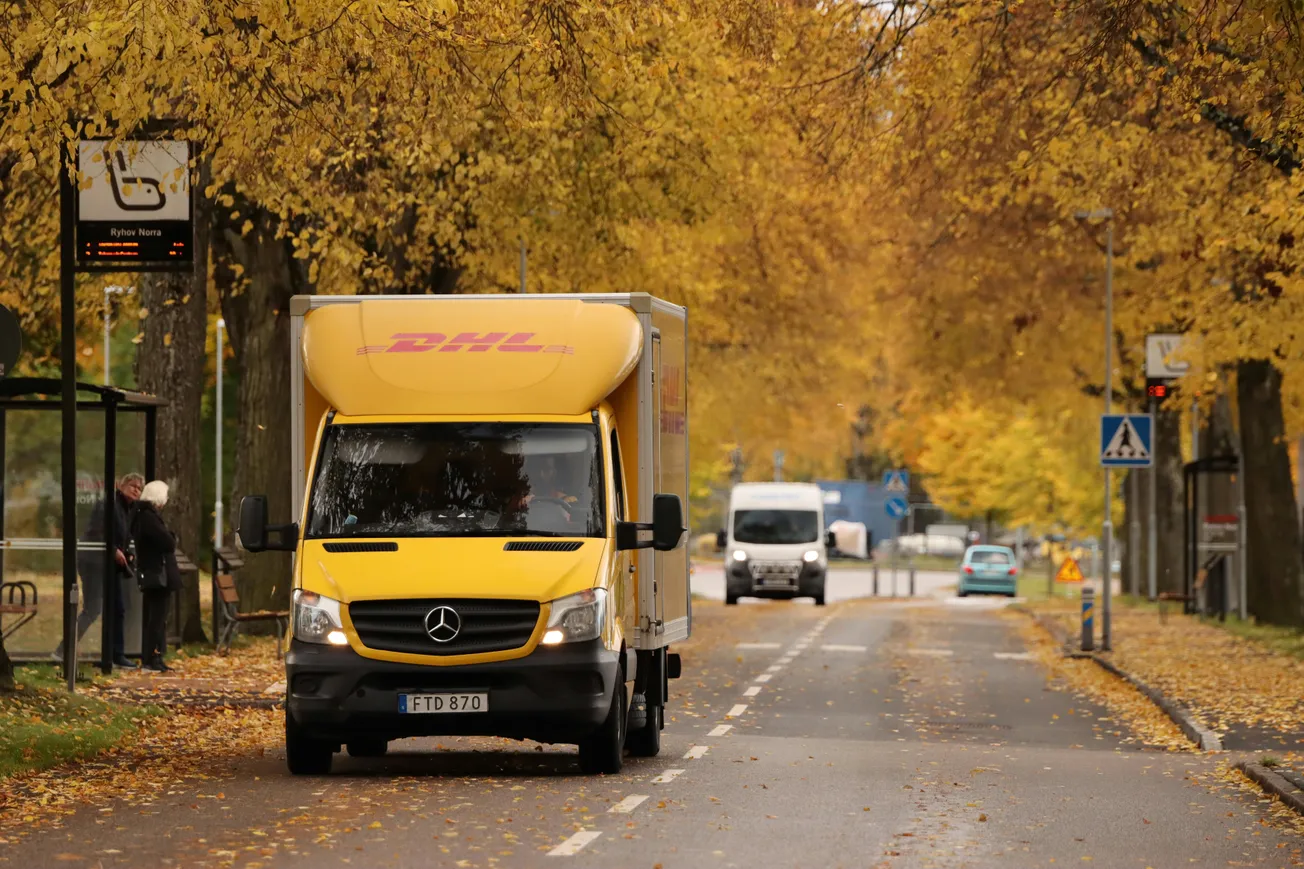As the retail landscape evolves, staying attuned to emerging technologies is crucial for businesses. The year 2026 promises transformative advancements that will redefine how consumers interact with brands.
Hyper-Personalization Driven by Real-Time AI
In 2026, personalization takes a dynamic turn. Retailers leverage real-time AI to analyze customer behavior, preferences, and shopping intent instantaneously.
This enables them to present continuously adapting product suggestions and tailored promotions that respond to individual shopper activities.
Scalable Autonomous Retail
The era of cashier-less stores is here, with fully autonomous retail becoming operationally feasible in high-traffic areas.
As advanced technologies like computer vision and predictive analytics reduce costs and enhance consumer trust, these stores redefine convenience and efficiency.
Retailers will need to consider adopting this model to meet the growing demand for seamless shopping experiences.
Digital Twins for Strategic Operations
Digital twin technology emerges as a strategic tool for retailers, allowing businesses to simulate store layouts, staffing, and consumer behavior in a risk-free environment.
By integrating this technology, retailers can make data-driven decisions that improve overall operational effectiveness and customer experience.
Generative AI in Retail Operations
By 2026, generative AI is expected to revolutionize various retail processes, from content creation to product development.
This includes generating marketing materials and refining prototypes at unprecedented speeds, enabling lean teams to enhance productivity without sacrificing creativity or quality.
Immersive Commerce Through AR
Augmented reality transforms the shopping journey, allowing customers to visualize products in their environments before purchase.
Retailers will increasingly implement AR features to elevate in-store experiences and complement digital engagements, enhancing the overall consumer journey.
Expanding Robotics and Automation
Automation's reach extends beyond warehouses as robots begin assisting with in-store tasks such as inventory management and customer assistance.
Micro-fulfillment centers will also become essential for rapid order processing, helping retailers adapt to labor shortages and meet customer expectations efficiently.
Unified Commerce as the Norm
Retailers are moving towards unified commerce, where physical, online, and mobile experiences operate seamlessly from a single platform.
This integration ensures real-time inventory updates and consistent pricing, smoothing out the shopping experience and improving customer satisfaction.
Sustainable Retail Tech and Circular Economies
With a growing emphasis on sustainability, technology will facilitate more ethical retail practices.
This includes AI forecasting to reduce waste and initiatives for circular commerce, allowing customers to return goods for resale or refurbishment, thereby fostering environmental responsibility while generating new revenue streams.
Cybersecurity Necessity
As digital frameworks expand, so too do cybersecurity threats. Retailers must prioritize investments in security systems, adopting frameworks that emphasize data protection and customer privacy.
A strong commitment to cybersecurity will not only protect customer data but also enhance consumer trust and loyalty.
Conclusion
The retail sector's shift towards innovative technologies is not merely a trend; it's a necessity for survival and growth.
Embracing these nine trends will equip retailers to meet evolving consumer demands and position themselves for future success. Staying ahead in technology will not only improve operational efficiency but also enhance customer relationships and drive revenue.
For more details on these trends, refer to Vlad Koval’s article.








